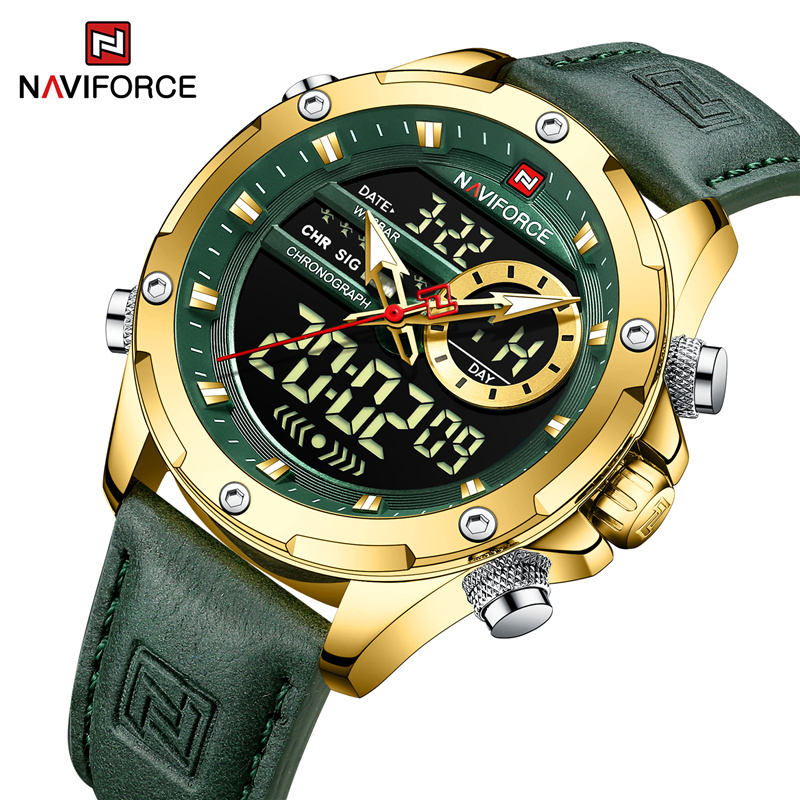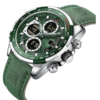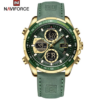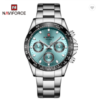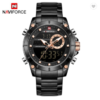- Empty cart.
- Continue Shopping
Dive Watches vs. Traditional Timepieces: What Sets Them Apart?

Introduction to Dive Watches vs. Traditional Timepieces
Dive watches and traditional timepieces serve different purposes. Dive watches are specifically designed for underwater use with features like water resistance and a rotating bezel to track time underwater. Traditional timepieces are versatile and can be worn for various occasions. Dive watches are more rugged and durable to withstand water pressure, while traditional timepieces focus more on aesthetics and formal wear.

Key Features of Dive Watches
Dive watches are designed specifically for underwater use, with features like water resistance up to significant depths, rotating bezels to measure elapsed time, and luminous hands and markers for better visibility in dark environments. Additionally, they often have screw-down crowns to prevent water from entering the watch and tough, durable materials to withstand the pressures of the ocean depths.
Characteristics of Traditional Timepieces
Traditional timepieces are known for their timeless design and classic appeal. They often feature analog displays with hour and minute hands, along with numerical indices or Roman numerals to indicate the hours. These watches are typically mechanical, meaning they operate using gears and springs rather than batteries. Traditional timepieces are renowned for their craftsmanship and heritage, often passed down through generations. Some iconic brands known for traditional timepieces include Rolex, Omega, and Patek Philippe.
Design Differences Between Dive Watches and Traditional Timepieces
Dive watches and traditional timepieces have distinct design features that set them apart. Dive watches typically have a rotating bezel used for measuring elapsed time underwater, often in a contrasting color for visibility. They also have luminous markers and hands for enhanced readability in low-light conditions. On the other hand, traditional timepieces focus more on elegant aesthetics with simpler dials and polished finishes. The materials used in dive watches are typically more robust to withstand underwater pressure, while traditional timepieces may prioritize luxury materials like gold or silver.
Water Resistance Levels in Dive Watches
Dive watches are designed to withstand water pressure at various depths, making them suitable for swimming, snorkeling, and diving activities. The water resistance of dive watches is measured in meters or atmospheres, indicating the depth they can be submerged without water entering the watch. Most dive watches have a water resistance level of at least 200 meters (660 feet), ensuring they can withstand recreational diving depths. Some high-end models can even reach water resistance levels of 1000 meters (3300 feet) or more for professional divers. The water resistance rating is crucial to consider when choosing a dive watch, ensuring it can handle your water-related activities without damage.
Movement Mechanisms in Dive Watches and Traditional Timepieces
Dive watches and traditional timepieces use different movement mechanisms. Dive watches commonly use automatic movements, where the motion of your arm winds the watch, keeping it running. On the other hand, traditional timepieces may use quartz movements, which are powered by a battery and require periodic replacement. This distinction in movement mechanisms impacts how the watches function and their maintenance needs.
Durability Comparison: Dive Watches vs. Traditional Timepieces
Dive watches and traditional timepieces have distinct features that set them apart in terms of durability. Here’s a breakdown:
-
Dive watches are specifically designed to withstand high water pressure and are built with robust materials like stainless steel and sapphire crystal to ensure they can withstand extreme conditions.
-
Traditional timepieces, although well-made, may not always have the same level of water resistance and durability as dive watches due to their focus on style and design rather than functionality in harsh environments.
-
In summary, if you need a watch that can handle rough conditions and water activities, a dive watch is likely the more durable choice.
Functionality and Use Cases of Dive Watches vs. Traditional Timepieces
Dive watches are designed for underwater use and are water-resistant at significant depths, making them ideal for divers, swimmers, or watersports enthusiasts. They often feature rotating bezels that help measure elapsed time underwater. On the other hand, traditional timepieces are versatile and suitable for everyday wear, typically focusing on style and accuracy rather than water resistance. Dive watches prioritize functionality in aquatic environments, while traditional timepieces excel in various settings as fashionable accessories essential for telling time accurately.
Styling and Fashion Trends: Dive Watches vs. Traditional Timepieces
When it comes to styling and fashion trends, dive watches and traditional timepieces offer distinct aesthetics. Dive watches are known for their rugged, sporty look, often featuring bold designs and large, easy-to-read dials. On the other hand, traditional timepieces exude a classic and timeless appeal with sleek, elegant designs that are versatile for various occasions. Dive watches tend to be favored for casual and outdoor activities, while traditional timepieces are often chosen for more formal or professional settings. Ultimately, the choice between the two styles comes down to personal preference and how you want to express your sense of style through your watch.
Conclusion: Choosing Between Dive Watches and Traditional Timepieces
When deciding between dive watches and traditional timepieces, consider your lifestyle and preferences. Dive watches are designed for underwater use, with features like water resistance and a rotating bezel for tracking time underwater. Traditional timepieces, on the other hand, are versatile for everyday wear and may offer more design options. Think about where you’ll primarily wear the watch and if you value function over style. Ultimately, the choice between dive watches and traditional timepieces boils down to personal preference and how you plan to use the watch.







